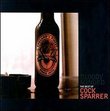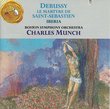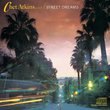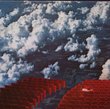| All Artists: Glenn Miller Title: Missing Chapters, Vol. 7: S'Wonderful Members Wishing: 0 Total Copies: 0 Label: Avid Records UK Release Date: 7/9/2007 Genres: Jazz, Pop Style: Swing Jazz Number of Discs: 1 SwapaCD Credits: 1 UPCs: 5022810158820, 803680970607 |
Search - Glenn Miller :: Missing Chapters, Vol. 7: S'Wonderful
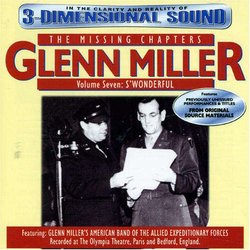 | Glenn Miller Missing Chapters, Vol. 7: S'Wonderful Genres: Jazz, Pop
|
Larger Image |
CD DetailsSimilar CDs
|
CD ReviewsImportant addition to Glenn Miller's AAF recordings Robert E. Simanski | Sterling, VA United States | 10/17/2009 (5 out of 5 stars) "This entire series constitutes an important addition to the recordings made by Glenn Miller's Army Air Force orchestra. Miller had his pick of the best musicians available when he formed the orchestra, and the AAF band was, in my opinion, the best of all of the swing-era dance bands. The musicianship on virtually of their available recordings is impeccable.
In order to make the maximum use of his personnel, Miller broke out the full orchestra into three smaller groups: an 18-piece swing band led by Ray McKinley, a string orchestra led by George Ochsner, and even a trio with McKinley on drums, Peanuts Hucko on clarinet, and Mel Powell on piano. This disc features the full orchestra, the swing band, and I believe the trio as well. Other discs in the series also feature the string orchestra. The tracks featuring the swing band are a revelation. The musicians were able to cut loose in a way that they could not in the full orchestra, and McKinley was one of the best of the swing-era drummers. These tracks really swing! Johnny Desmond is featured on many of the tracks of both the full orchestra and the swing band, and as usual, his singing is wonderful. In my opinion, Desmond was best of the male singers of the swing era, with the possible exception of Frank Sinatra. He nails just about every performance. No doubt some of the full-orchestra tracks have been duplicated elsewhere, and in some cases with better sound. However, a number of its performances are not available anywhere else, and I don't know of any other sets that feature the swing band and the string orchestra. These discs are worth buying for the swing band alone. Note: Many of the tracks, at least in the later sets in this series, were recorded in 1945, after Miller's plane had been lost on its way from England to Paris. One of Miller's arrangers, Jerry Gray, took over the orchestra. Most of these tracks were from performances at the Olympia Theater in Paris. The recording quality is not as good as the sets published by BMG, which had access to the original recordings made for the broadcasts, but it is more than adequate. The engineers at Avid Records used the CEDAR system to reduce noise and clicks." |

 Track Listings (23) - Disc #1
Track Listings (23) - Disc #1